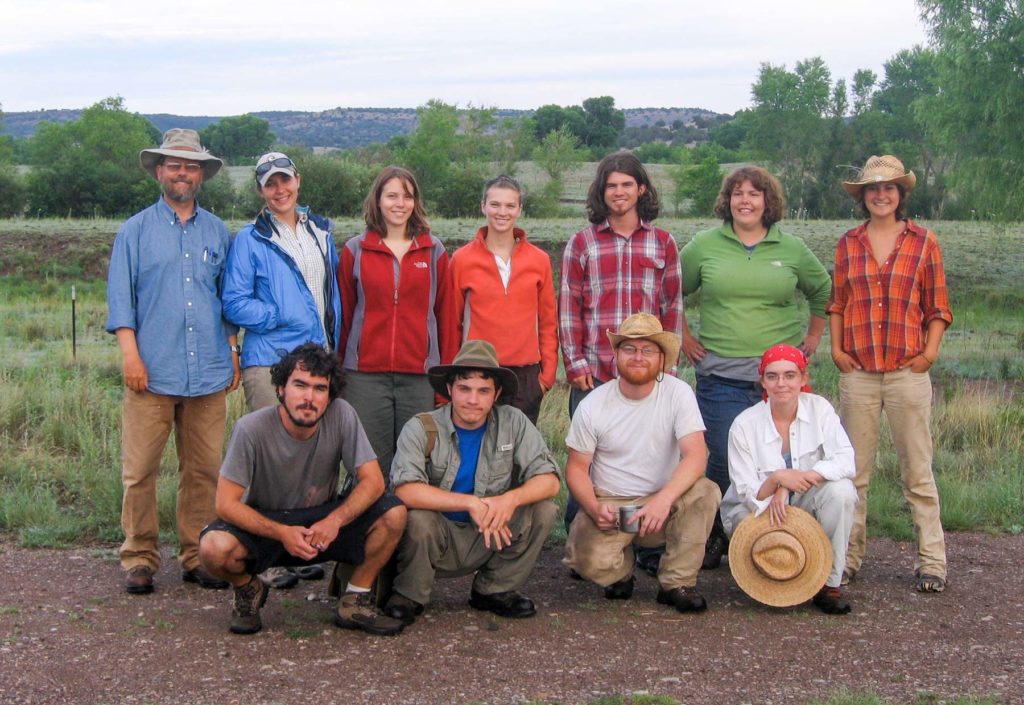- Home
- >
- Preservation Archaeology Blog
- >
- Relationships
There’s an old joke that we archaeologists do not tend to get our datasets finalized and published until the data themselves have become a part of the archaeological record. Because we have so many mandated deadlines to meet—which, among other things, ensure that such delays don’t happen to reports required by government agencies—sometimes important documents without an official due date get delayed. After a series of bumps in the road, though, we’re pleased to release our technical report on the Archaeology Southwest–Hendrix College field schools at the 3-Up site.
Download the full report here (opens as a PDF). For highlights of what we learned during those excavations, check out these back issues of Archaeology Southwest Magazine you can download for free (PDF) here and here.
I asked Dr. Brett Hill, who directed the field school during those initial field seasons, to look back on his experience working at 3-Up, and he graciously agreed. I hope you enjoy his insightful essay. — Karen Schollmeyer, Preservation Archaeologist and Director, Preservation Archaeology Field School
(June 5, 2020)—When I began preparations for the first Archaeology Southwest field school 14 years ago, I was filled with excitement. I had recently moved to Hendrix College in Arkansas, where I still teach, and was thrilled at the opportunity to return to the Southwest. It is noteworthy that the project began with a relationship: I provided students and supervision, and Archaeology Southwest provided logistics, connections, and support. Similar relationships continued to characterize the field school ever since, and have doubtless contributed to its success.
There were many thrilling moments over the two summers I directed the excavation. Some, like sorting out a confusing bit of stratigraphy or vindicating a hunch about a feature, are thankfully in the reports, because they have faded from my memory. A few, like watching a student brush dirt from a perforated plate lying on a fourteenth-century house floor, managed to become better lodged. Some of the most memorable aspects of the fieldwork for me involved thinking about the landscape. The springs and seeps, outcrops, and signs of abundant wildlife everywhere gave context to the rich social life that had prospered there centuries ago. The summer storms and their skies stopped everything for a moment and then connected it all again.
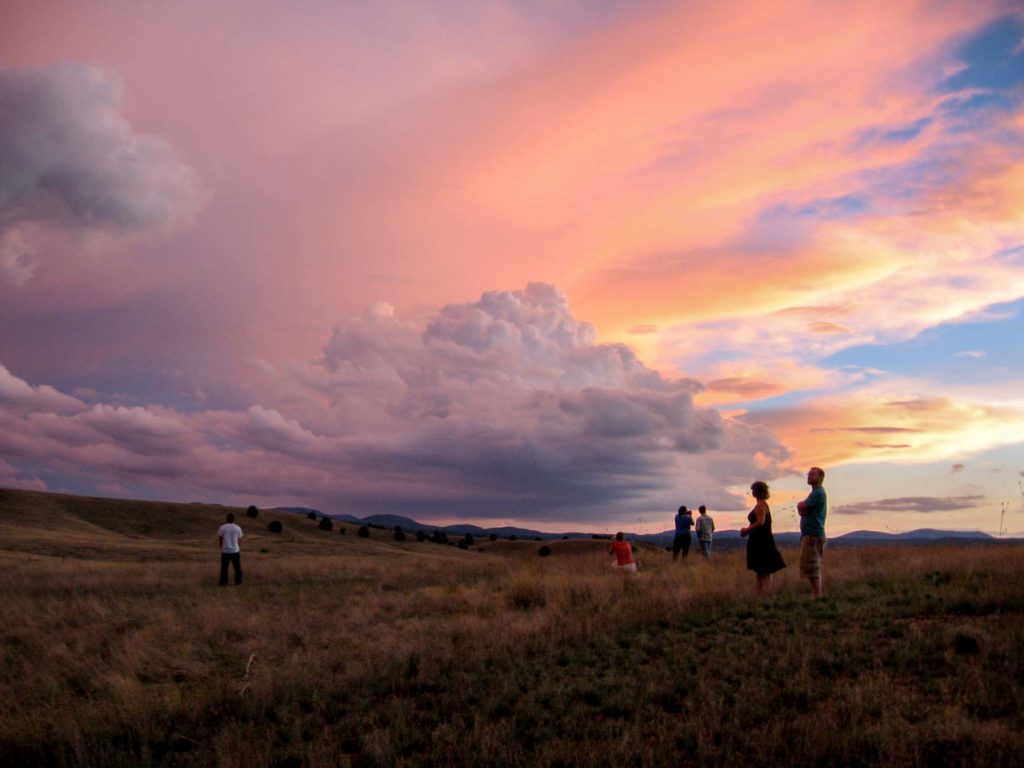
In hindsight, I admit that a big part of my excitement about being in Mule Creek, New Mexico, was simply being in the high desert, living in that place myself for a while. We don’t talk about it much in our proposals and reports, but every archaeologist I know has loved just being in the field. Those occasions become rarer for many of us as our careers advance, but they are always our best memories. One reason for their prominence is that they are times of intense relationships, as new people from other places unite and bond over shared discovery.
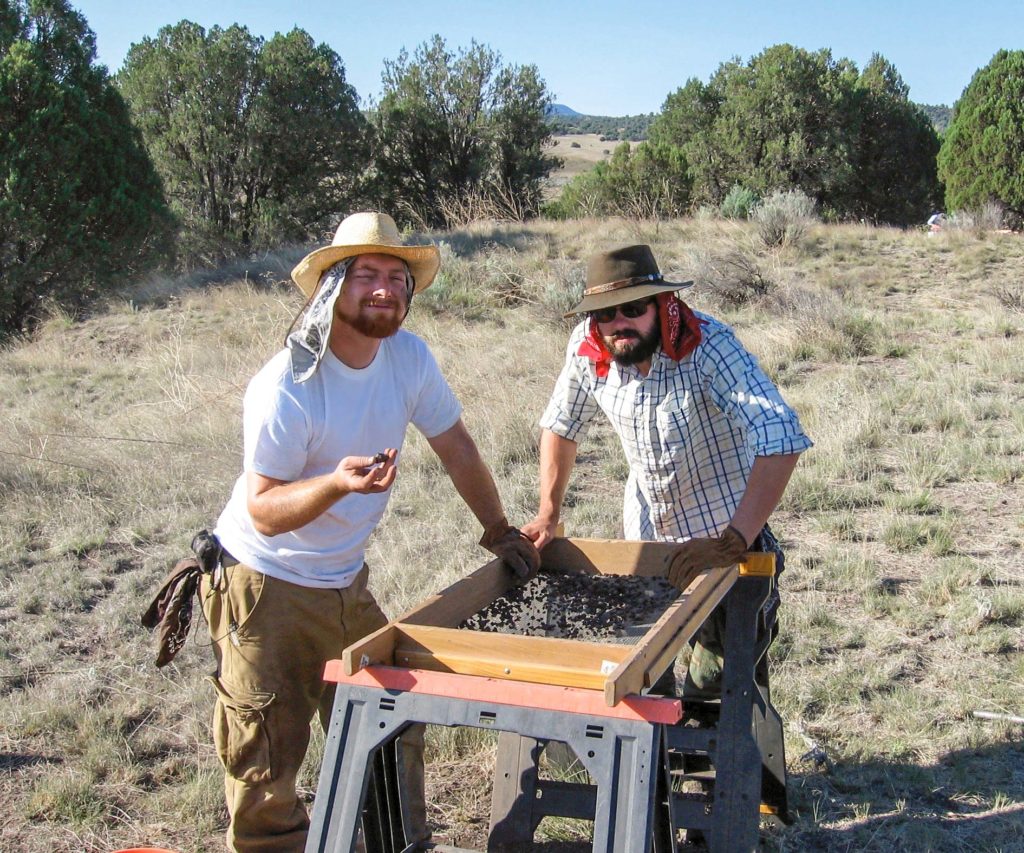
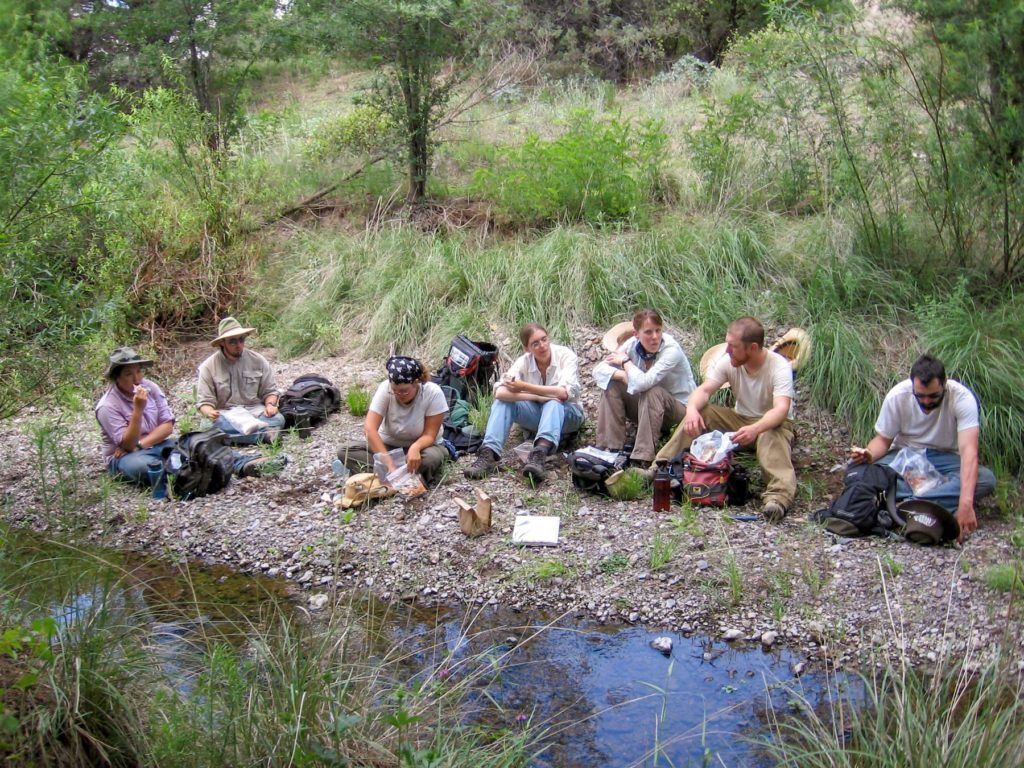
Friendships are another aspect of archaeology seldom emphasized in our writing but surely as valuable as any part of the field school experience. Decades later, I count among my friends people around the world with whom I have spent the summer excavating or surveying some amazing place. It is still exciting to see them again and reminisce. Likewise, I have kept in touch with almost all the students who accompanied me to Mule Creek in 2008 and 2009. I have watched them graduate from college, pursue careers and advanced degrees, get married, and have children. One of the great rewards of teaching is watching your students grow, and sustaining those relationships through time only increases the pleasure.
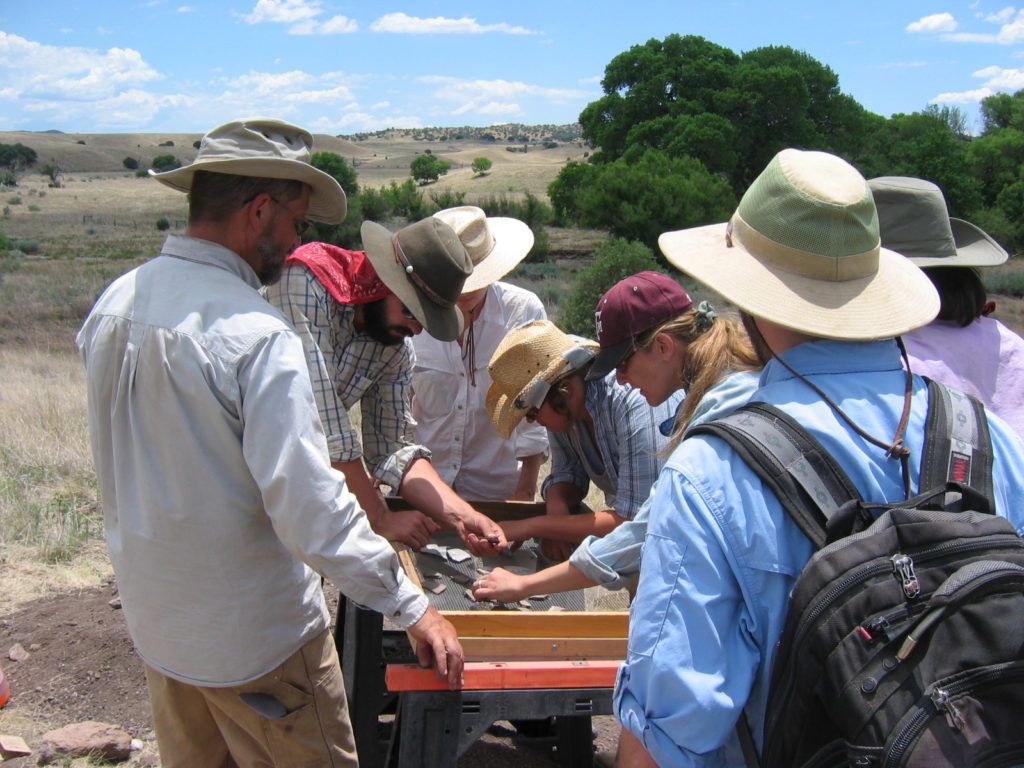
Many are mourning the missed field schools in the summer of 2020, and justifiably so. Research has been delayed and progress postponed on plans that were years in the making. Moreover, a generation of students has been deprived of one of the most exhilarating experiences of early careers, which now are shadowed by uncertainty. I hope that field schools and other aspects of life we have taken for granted will return to normal soon, but the lost relationships will not be returned. Their loss may seem like a minor concern in the midst of so much damage, but it hints at a larger and underappreciated test of our resilience.
Social scientists and pandemic modelers have long understood the importance of relationships, and the implications of their networks have emerged as central problems at every level of analysis. But I do not think most people imagined apocalypse would be instantly conjured simply by temporarily interrupting them. I have always taken for granted the thousands of ways I regularly interact with others, but I never gave much thought to what would happen to the world if we all stopped. A significant part of the world’s prosperity and security has simply vanished because we made a choice to stop interacting with one other in person.
Most of our understanding of danger and risk is framed in material terms. When we visualize destruction, it is easier to imagine material danger and material loss. Certainly, there are material consequences of the pandemic, but they are modest compared to most disasters—and, more importantly, they are not causal in a very significant way. Instead, the cause of our calamity is our need to sever material interactions with others, to withdraw from shared material worlds. It is the loss of the interactions themselves that has been most harmful.
Likewise, most of our knowledge about the past peoples of the Southwest has been shaped by the record of material culture and focus on the material environment. A common interest about archaeological cultures like those of the Upper Gila River valley concerns their fate—what happened to them? Yet we lack much evidence for material disasters that would eliminate whole populations.
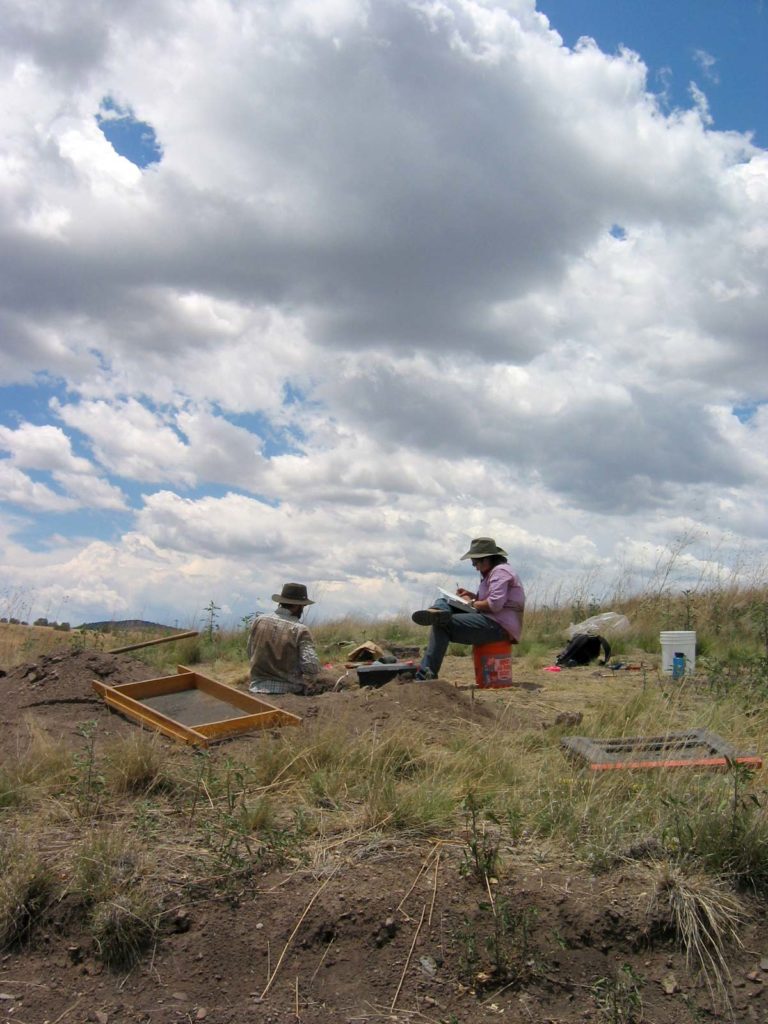
Instead, it seems they stopped having the same kinds of relationships that had defined them before. If I may be forgiven for simplification, one of the most significant changes leading to the decline of archaeological cultures in the region seems to have been the collapse of peaceful relations. Peoples of the northern and southern Southwest ceased interacting in the ways that contributed to so much of what archaeologists find distinctive about them.
If there are lessons to be learned from common themes, they might focus our attention more clearly on the importance of human relationships, and the consequences of their loss. Although more difficult to assess, they have proven to be a surprising human weakness. They are also a source of strength we can all look forward to rebuilding.
